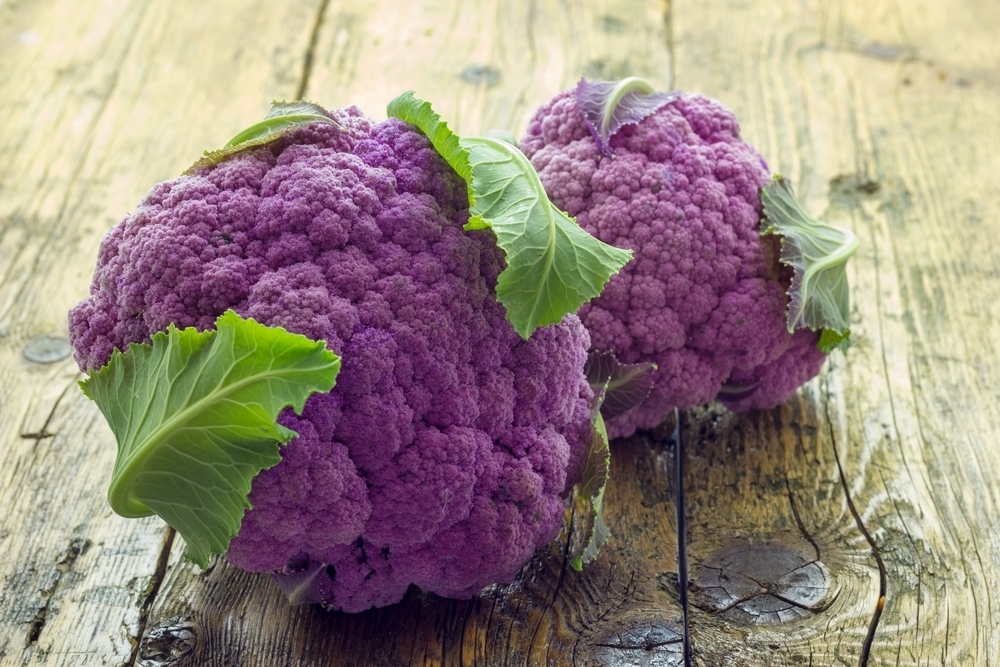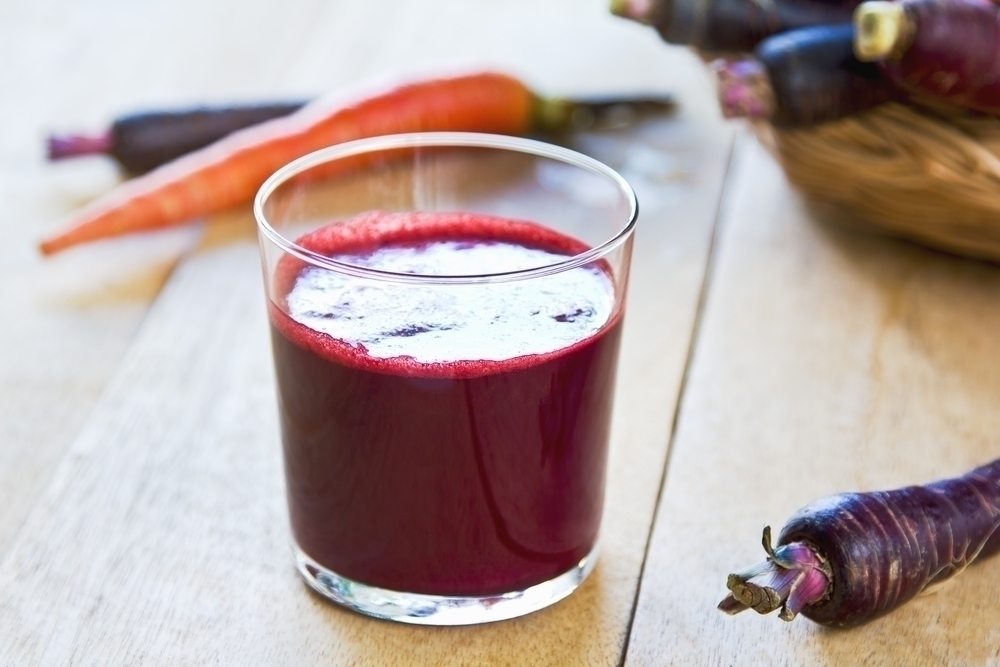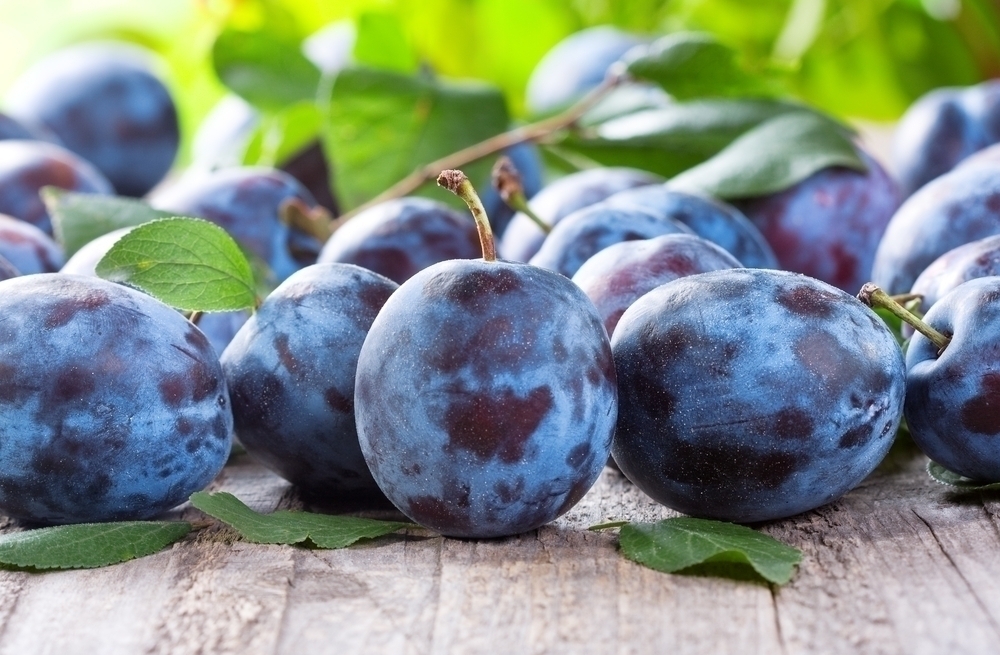
Purple Foods for Longevity
Traditionally, the color purple is associated with royalty and not food. How many times in the past week, or even month, have you enjoyed a naturally purple food? The answer is probably not many, if any, meals included purple foods. The National Health and Nutrition Examination Survey suggests that Americans are not eating enough of this royal-hued produce. Why include purple foods in your diet? Foods that are naturally purple in color are colored this way due to chemicals known as anthocyanins. Anthocyanins are believed to provide health care benefits for your eyes, heart and slowing the aging process. Additionally, anthocyanins soothe inflammation in your skin and body while also fighting off free radicals. Interested in experiencing these benefits for yourself? The following foods are easy (seriously) to incorporate into your diet and may increase not only the longevity, but also the quality, of your life.

Purple Cauliflower
Purple cauliflower is actually a variety of broccoli that when cooked will turn green. This purple vegetable provides a high concentration of anthocyanins. Anthocyanins have also been linked to aiding in reducing the risk of cancer, heart disease, diabetes and neurological conditions. In addition, purple cauliflower is an excellent source of vitamin C, potassium, dietary fiber and B vitamins. If you can’t find purple cauliflower in your local grocery store, check health food stores or farmer’s markets to locate it. Break florets off for a colorful addition to your salad, roast them in your oven with garlic for a flavorful side dish or simply wash and eat it raw on its own.

Purple Carrots
These may be a bit more difficult to locate than purple cauliflower, but if you can find them definitely pick some up. You may have to make a trip to a specialty health food store or a farmer’s market, but these vegetables not only contain anthocyanins, they also contain pro-vitamin A carotenoids. Pro-vitamin A carotenoids provide benefits in the form of weight control and glucose (blood sugar) control. In fact, one study suggested that individuals with high levels of pro-vitamin A carotenoids had half of the risk of diabetes as those who didn’t. Replace orange carrots in your favorite soup, making carrot fries or munching on them as a snack are great ways to enjoy this purple vegetable.

Plums/Prunes
Plums and their dried counterparts, prunes, are an excellent way to sneak some anthocyanins into your diet. In addition to containing these helpful chemicals, plums are also a great source of vitamins A and C. Plums also are a great source of dietary fiber, magnesium, calcium, iron and potassium. A recent study indicates that eating plums (or prunes) regularly may also help lower LDL (the “bad” cholesterol) levels in your body. Plums and prunes are widely available and should be a sweet and easy way to incorporate purple foods into your diet.
Purple foods may seem exotic and perhaps intimidating, but this could not be farther from the truth. In addition to the foods listed above, there are purple varieties of potatoes, kale, cabbage, onions and even peppers. Increasing your intake of naturally purple foods adds years to your life while providing tasty options for your meals.



